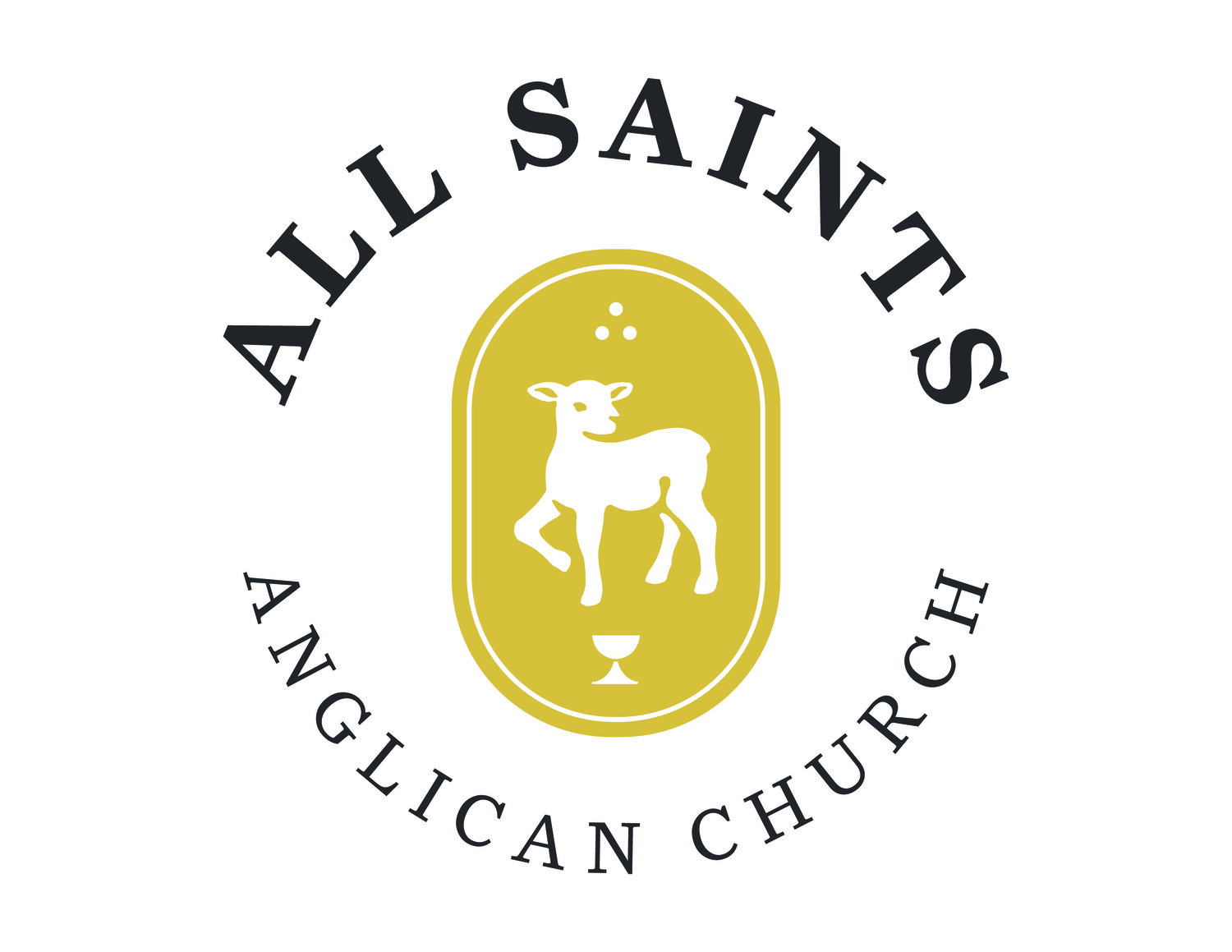In a little more than two weeks shall find Candlemas upon us.
Candlemas remembers the presentation of Christ in the Temple –that day when Mary and Joseph brought the Christchild to the temple, to offer sacrifices in accordance with the Law, and were hailed by Anna and Simeon (Lk. 2.22-40). Historically this was a very important feast, particularly for women. Stories flood medieval texts of miracles, visionary encounters, and mystical encounters experienced by women who understood that this day was a day in God’s story uniquely celebrating their role in it.
Of course this is not the only feast where women play a prominent role. There are many such feasts (Christmas, Annunciation, Visitation, the Feast of Magdalene, the Feast of the Mother of our Lord, and all the women represented by the calendar of saints), but Candlemas places a particular focus on the sacrifice, the precarity, the costliness of that role. In giving birth, as at all births, Mary came so close to death. In the pain and the pushing, in the heaving halted breathing, in the blood and sweat, in the “I-don’t-know-if-I-can-do-this-any-more” whispers, that boundary between Living and Dying, which at other times we conceive of as so stable and clear, is blurred and revealed to be profoundly porous.
Consider the experience of Mary’s delivery of our Lord, and of how close to death she came at moments on that cold night in December. Consider also her experience of the long slow postpartum healing, and also her experience of the things that would never fully heal –not quite: abdominal muscles, hip-structures, stretch marks. So both Christ and his mother bear the scars of their part in the Gospel.
In Christ’s birth, his mother came close to death.
Candlemas, among the other things it honors, celebrates the role of women in the drama of salvation. Mary comes to observe the rites of purification, having come close to death and is told in prophetic speech that she will again be drawn close to death: “and a sword shall pierce your heart” (Lk. 2.35). The mother who received into her embrace a baby boy covered in blood shall again receive her son, as he is taken down from the cross in the darkness of Good Friday. Again he is covered in blood. Again he is held by his mother. Again she will draw close to death –a moment captured magnificently by Michelangelo’s Pieta. Again she will surrender him, giving him up to be laid in tomb, as he once was laid in the manger.
Candlemas, the feast of the Presentation of Christ, concerns itself with the way in which the Gospel draws us into itself not merely as spectators, but as participants. We too draw close to death, as those who have died with Christ (Rom. 6.8). The same way that the lights of the candles illumine our faces, feature them, make sense of them in the shadows, so also Candlemas shines light upon the several “drawing-close-to-deaths” making sense of them in light of Christ who is the light of the world.
O come let us adore him.


